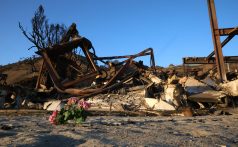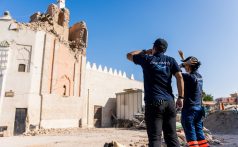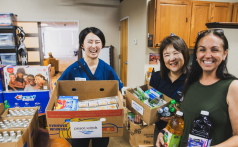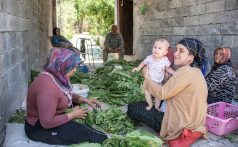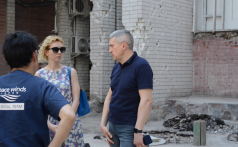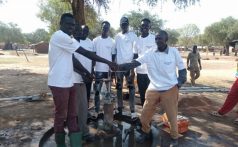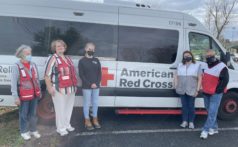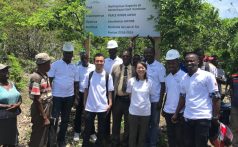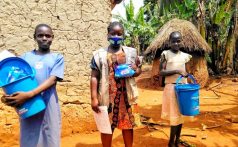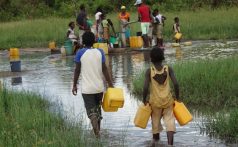Relief, Recovery, and Refugees
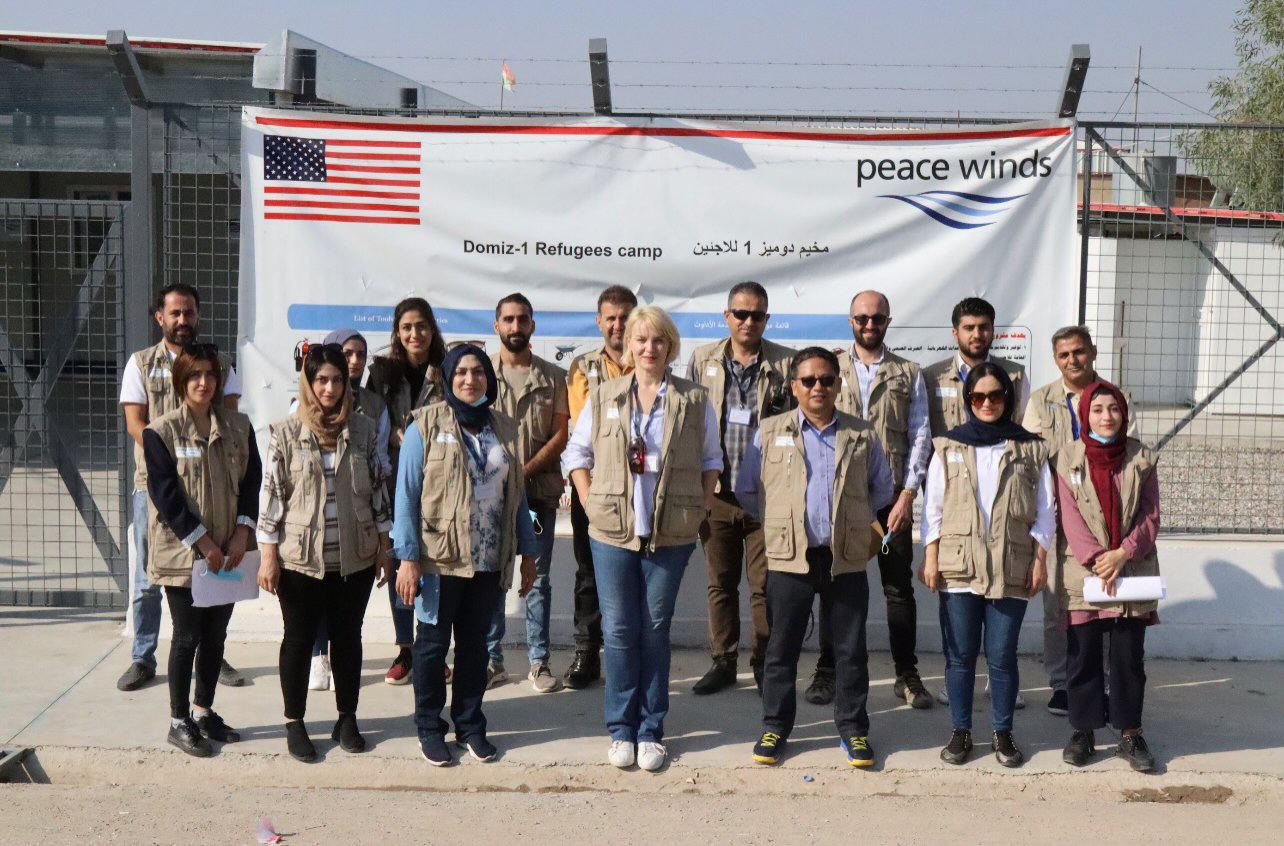
Bridging the Pacific to serve the world.
Peace Winds America and Peace Winds Japan have joined forces in order to meet the increasing humanitarian demand of natural disasters and conflict. We are leveraging our collective strengths and enhancing our effective approach and follow-through. Peace Winds provides immediate aid and resources from the U.S. and Japan, working closely with host nations, governments, militaries, and local NGOs.
With a staff of over 300, Peace Winds currently has programs in more than a dozen countries aiding disaster preparedness, response, and long-term recovery. Peace Winds staff and skilled partners coordinate on-site relief and rehabilitation, provide liaison services among international responders, and ensure resources are used efficiently to assist communities in relief and recovery.
Peace Winds provides immediate relief and recovery for those affected by disaster and conflict.
- Due to prolonged conflict in Iraq and Syria, Peace Winds continues to provide shelter and housing, food, employment, and medical kits to refugees and internally displaced persons. We continue our targeted aid to refugees, Kurds and other vulnerable minorities, fleeing the conflict.
- After Hurricane Matthew struck Haiti, Peace Winds responded quickly providing relief goods and repairing destroyed homes and schools in the underserved area of Saint Jean du Sud. We are continuing to train masons and together we are building disaster resistant community centers and schools.
- In Japan, Peace Winds responds quickly with search-and-rescue, managing evacuation centers, providing medical assistance, food, and sanitation aid. Peace Winds provides disaster preparedness training to communities and individuals, yet continues to be ready to respond with relief and recovery.
- Peace Winds has established youth programs in Gaza to provide employment and income to communities struggling to find work.
- Following the devastating 2015 Nepal earthquake, Peace Winds focused on rural communities in constructing clean water systems, and constructed community training centers for women and girls. We are continuing to provide agricultural technology aid through local radio broadcasts, and to upgrade irrigation methods/systems.
- After Super Typhoon Haiyan, Peace Winds immediately responded to Eastern Philippines as well as focused our efforts in supporting the recovery of an outlying western island. After Typhoon Mangkut, we provided aid to farmers and rural communities in northern Luzon who had lost their crops to the typhoon.
Peace Winds also focuses on vulnerable populations within communities.
- Women and children are 14 times more likely to die or be injured during a disaster, facing numerous setbacks in a disaster’s aftermath. Peace Winds acknowledges this vulnerability and targets its response accordingly. Peace Winds includes and empowers women in rebuilding and recovery efforts, including providing shelter, WASH, education and livelihood training, and financial stability.
- The elderly are especially vulnerable to isolation, cognitive decline, and other health problems following disasters. Peace Winds hosts programs for the elderly living in temporary housing communities and partners with trained medical staff for counseling and other health needs.
- Peace Winds builds latrines, water infrastructure, and constructs facilities specifically providing private accommodations for women and girls.
Relief, Recovery, and Refugee Projects
